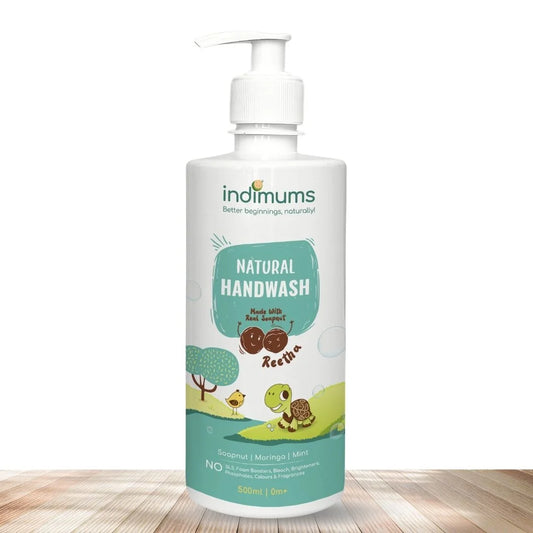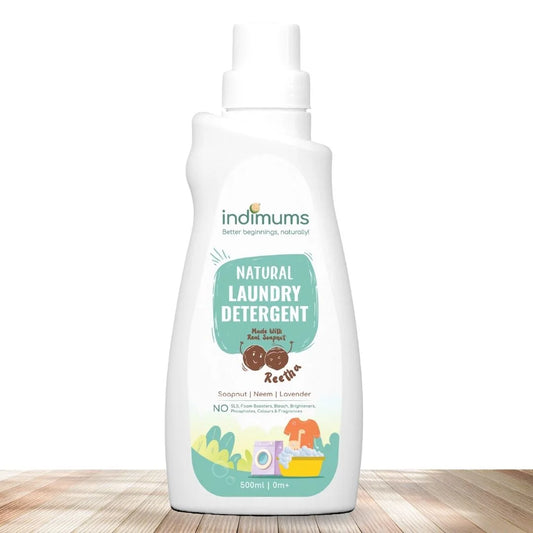Welcoming a new addition to the family is a joyous occasion, and ensuring your baby sleeps safely is a top priority for every parent. A restful night's sleep is not only crucial for your baby's well-being but also for your own sanity. In this blog, we'll explore essential tips for creating a safe sleep environment for your little one, promoting a peaceful night for both baby and parents.
Tips for creating a Peaceful night for both Babies and Parents
-
Choose the Right Sleep Space:
Selecting the right sleep space is the foundation of baby sleep safety. Use a firm mattress in a safety-approved crib or bassinet. Avoid placing soft bedding, toys, or stuffed animals in the sleep area to reduce the risk of suffocation. -
Back to Sleep:
The American Academy of Pediatrics (AAP) recommends placing your baby on their back to sleep. This sleep position has been proven to reduce the risk of Sudden Infant Death Syndrome (SIDS). Once your baby can roll over independently, they can choose their sleep position. -
Create a Comfortable Sleep Environment:
Maintain a comfortable room temperature (between 68-72 degrees Fahrenheit) and dress your baby in a sleep sack or wearable blanket to keep them warm without the need for loose blankets. This helps reduce the risk of overheating. Additionally, ensure that your baby's clothing is clean and free from odors, especially those associated with artificial dyes commonly used in clothes. You can achieve this by washing their clothes with a Natural Baby Laundry detergent, which features a natural ingredient called 'Soapnut' or 'Reetha.' This detergent also includes a lavender fragrance known for promoting peaceful sleep-in babies. -
Introduce a pacifier at naptime and bedtime. Studies have suggested that pacifier use may reduce the risk of SIDS. If breastfeeding, wait until breastfeeding is well established before introducing a pacifier. -
Room Sharing, Not Bed Sharing:
The AAP recommends room sharing without bed sharing for at least the first six months. Place your baby's crib or bassinet in your room to keep them close while providing a separate sleep surface. -
Be Mindful of Sleep Positioners:
Avoid using sleep positioners or wedges. These products claim to reduce the risk of SIDS, but they have not been proven effective and can pose a suffocation hazard. -
Regular Check-ups for the Sleep Environment:
Periodically check the crib or bassinet for any hazards, such as loose or frayed bedding, and make sure it meets current safety standards. -
Establish a Consistent Bedtime Routine:
Create a soothing bedtime routine to help signal to your baby that it's time to sleep. This might include activities like a warm bath, gentle rocking, or reading a bedtime story. -
Limit Screen Time Before Bed:
Reduce exposure to screens before bedtime, as the blue light emitted can interfere with sleep patterns. Opt for calming activities instead. -
Trust Your Instincts:
Every baby is unique, and while guidelines provide essential safety information, it's crucial to trust your instincts as a parent. If something feels off or your baby's sleep patterns change suddenly, consult with your pediatrician.
Conclusion:
Ensuring your baby sleeps safely is a fundamental aspect of parenting. By following these tips and staying informed about the latest safety recommendations, you can create a secure sleep environment for your little one, promoting both their well-being and a peaceful night's sleep for the entire family. Sweet dreams!




